Area of Production
In midst of nothing and near everything. The area the Calatayud PDO is located in the most western part of the Province of Zaragoza, bordering with Soria, Guadalajara and Teruel. 87 kilometers from the capital of Aragon and only one hour from Madrid on the High-Speed Train, Ave.
The geographic area of the Calatayud PDO is made up of the following municipal districts:
Acered
Alarba
Alhama de Aragón
Aniñón
Ariza
Atea
Ateca
Belmonte de Gracián
Bubierca
Calatayud
Cárenas
Castejón de las Armas
Cervera de la Cañada
Cetina
Clarés de Ribota
Codos
Daroca
El Frasno
Fuentes de Jiloca
Godojos
Ibdes
Jaraba
Maluenda
Manchones
Miedes
Monterde
Montón
Morata de Jiloca
Moros
Nuévalos
Munébrega
Murero
Olves
Orcajo
Orera
Paracuellos de Jiloca
Sediles
Terrer
Torralba de Ribota
Torrijo de la Cañada
Valtorres
Velilla de Jiloca
Villalba del Perejil
Villalengua
Villafeliche
Villarroya de la Sierra
La Vilueña
Winding valleys, rolling foothills and cold-swept mountain ranges are the three main habitats of this miniature reproduction of the Ebro basin, furrowed by tributaries such as the Jalón or the Jiloca and in the lap of the foothills of the imposing Moncayo.
The intricate orography, between 650 and 1,100 metres, gives variety and outlines the very singular character of our wine: vines that live together in altitudes with almond, cherry and olive trees. Below, on the plain, with the murmur of the river, the vineyards rest next to the apple, pear and peach trees.
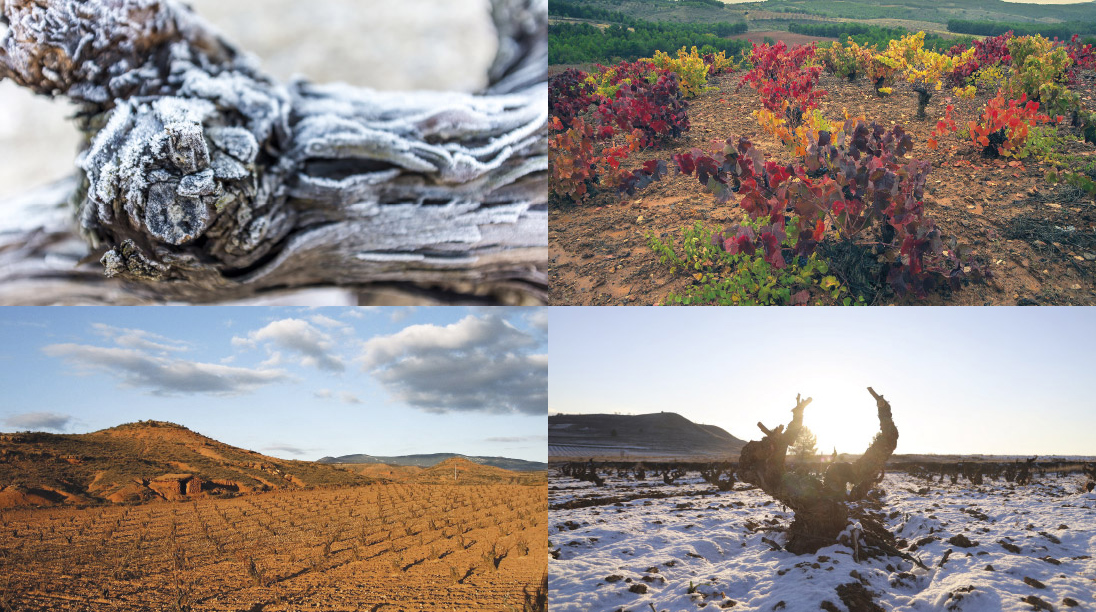
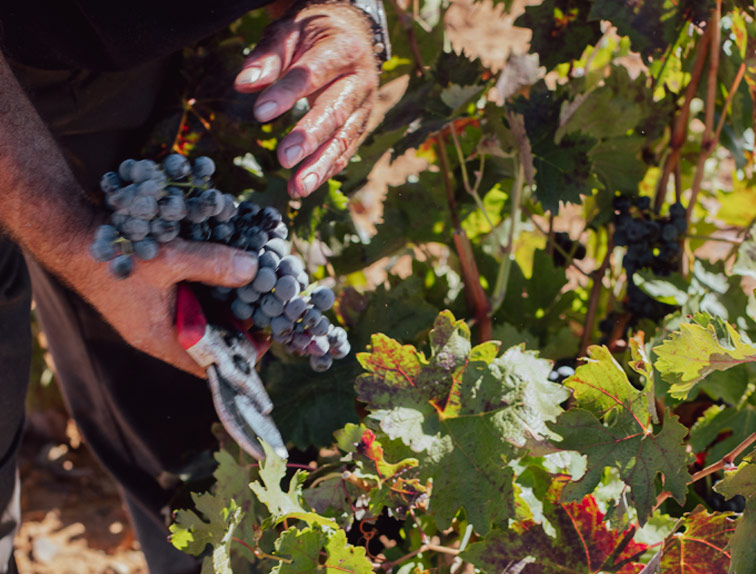
The altitude of the vineyards impose an especially late grape harvest, which generally starts at the end of September and can extend to the middle of November.
Over time, that patience gives as a result a slow ripening of the grapes, and makes it possible for them to reach their peak phenolic load before being harvested.
The altitude of the vineyards impose an especially late grape harvest, which generally starts at the end of September and can extend to the middle of November.
Over time, that patience gives as a result a slow ripening of the grapes, and makes it possible for them to reach their peak phenolic load before being harvested.

Climate
Freezing winters, stifling summers. The particularity of the wines of the Calatayud PDO owes everything to an extreme continental climate, with an average annual temperature of 13.1ºC.
With freezing weather that runs between 5 to 7 months a year, there is a very wide temperature variation between day and night in the ripening period. The orography also promotes this extreme variety: milder temperatures and low precipitation in the bottom of the trough. As you ascend, the cold intensifies and the rain increases, with an average rainfall between 300 and 550 mm.




Our Soils
Most of the vineyard is located on rocky soil, with few nutrients and a high proportion of limestone. The land, undulating, presents good permeability and is healthy.
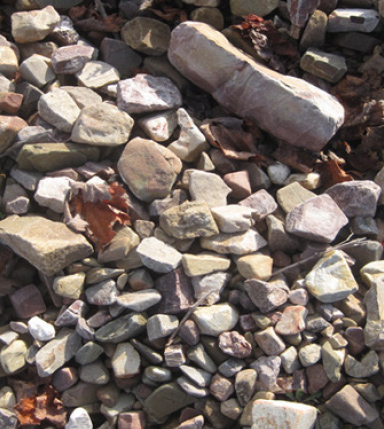
Gravels
Composed of gravel and boulders from landslides, with good drainage.
Vines vegetate very well in these soils providing complex, intense, structured and fleshy wines.
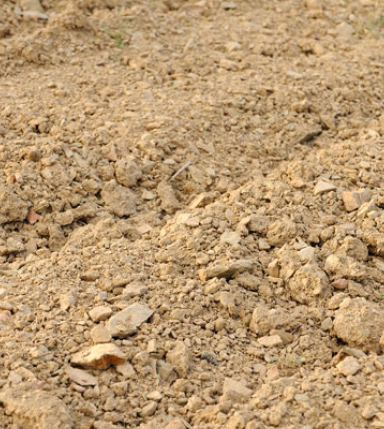
Loam
Composed of limestone and clays. Ideal soils for the winegrower, they offer little resistance for the vines to root. These soils reflect the sunlight and store up its heat for the night.
The resulting wines are wines with body, warmth, strong and aromatic, suitable for aging.
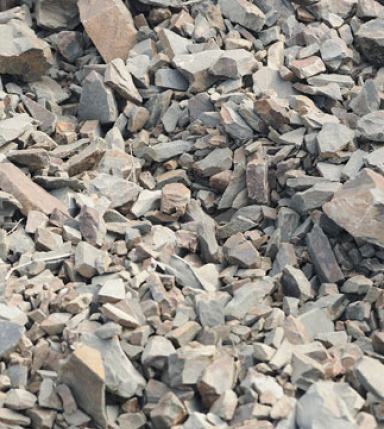
Grey slate
Darker in color than red slate, grey slate retains the heat of the day which it later gives off at night. The soils are shallow so the bedrock is present within a few centimeters.
Floors are easy to work but very laborious once they lose moisture.
The resulting wines have a high alcohol content and provide low yields. Minerality and well-structured wines.
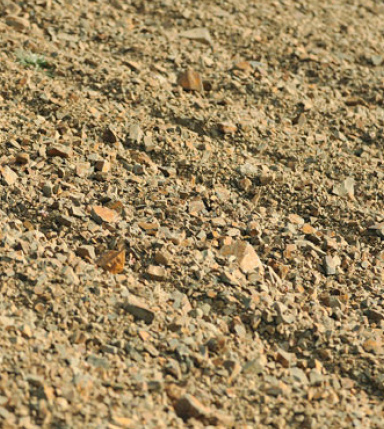
Red slate
Derived from clays compacted under intense pressure. These are low fertile soils hardly able to retain rainwater.
The resulting wines obtained from these soils have a characteristic mineral component, and are subtle, refined and elegant wines.
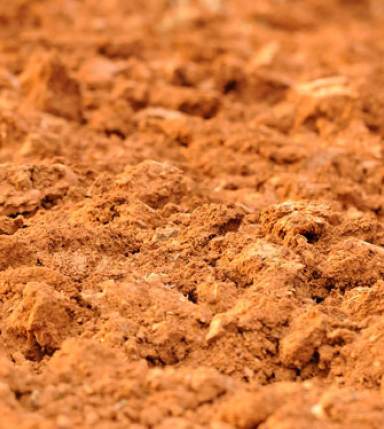
Ferrous clay
Soils principally made up of clays with high iron content, stoney and deep with depths of up to 3 meters.
The resulting wines are highly colored with a high alcohol content.
